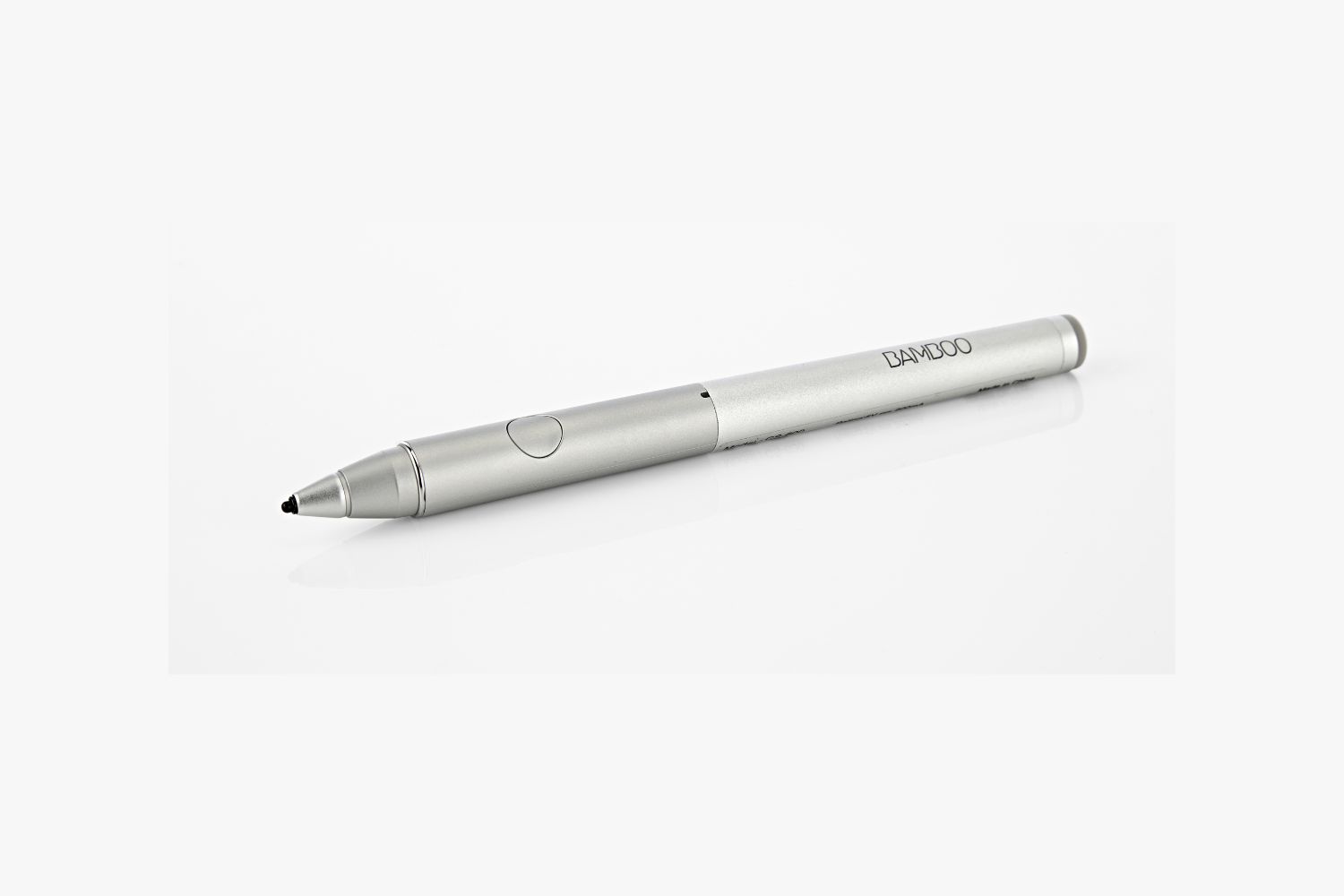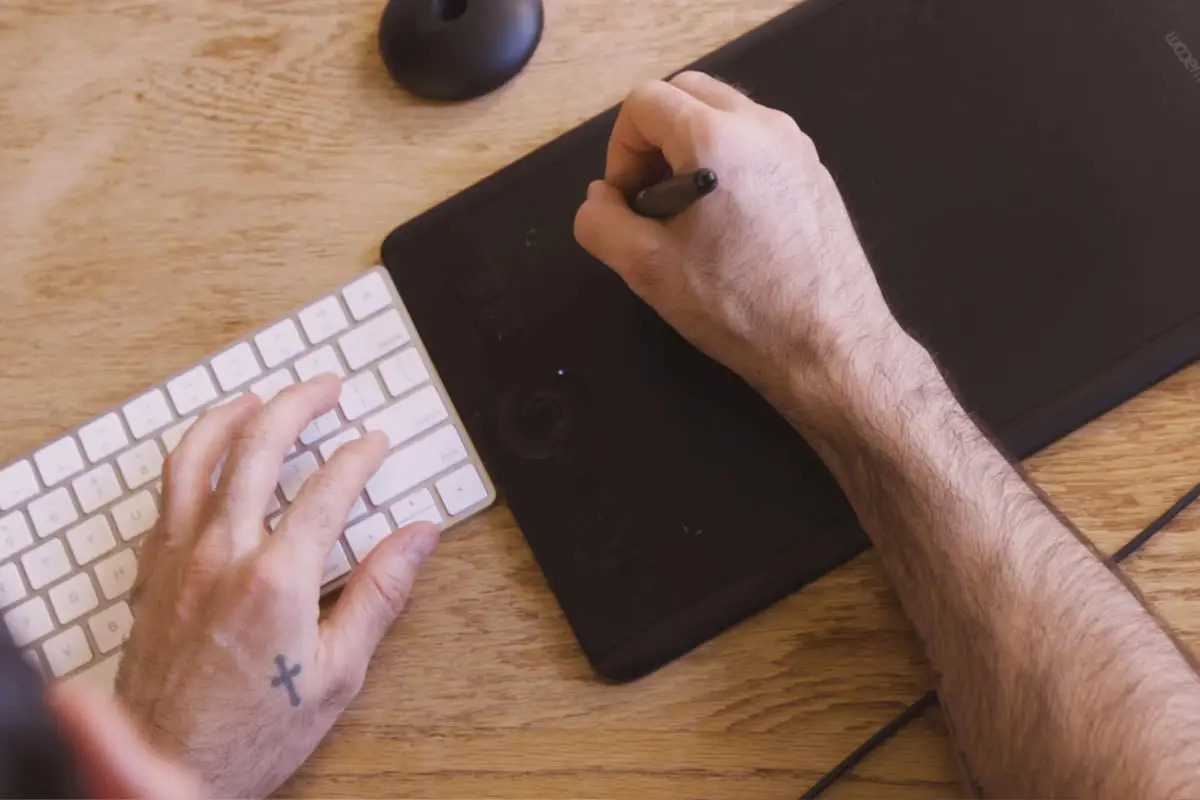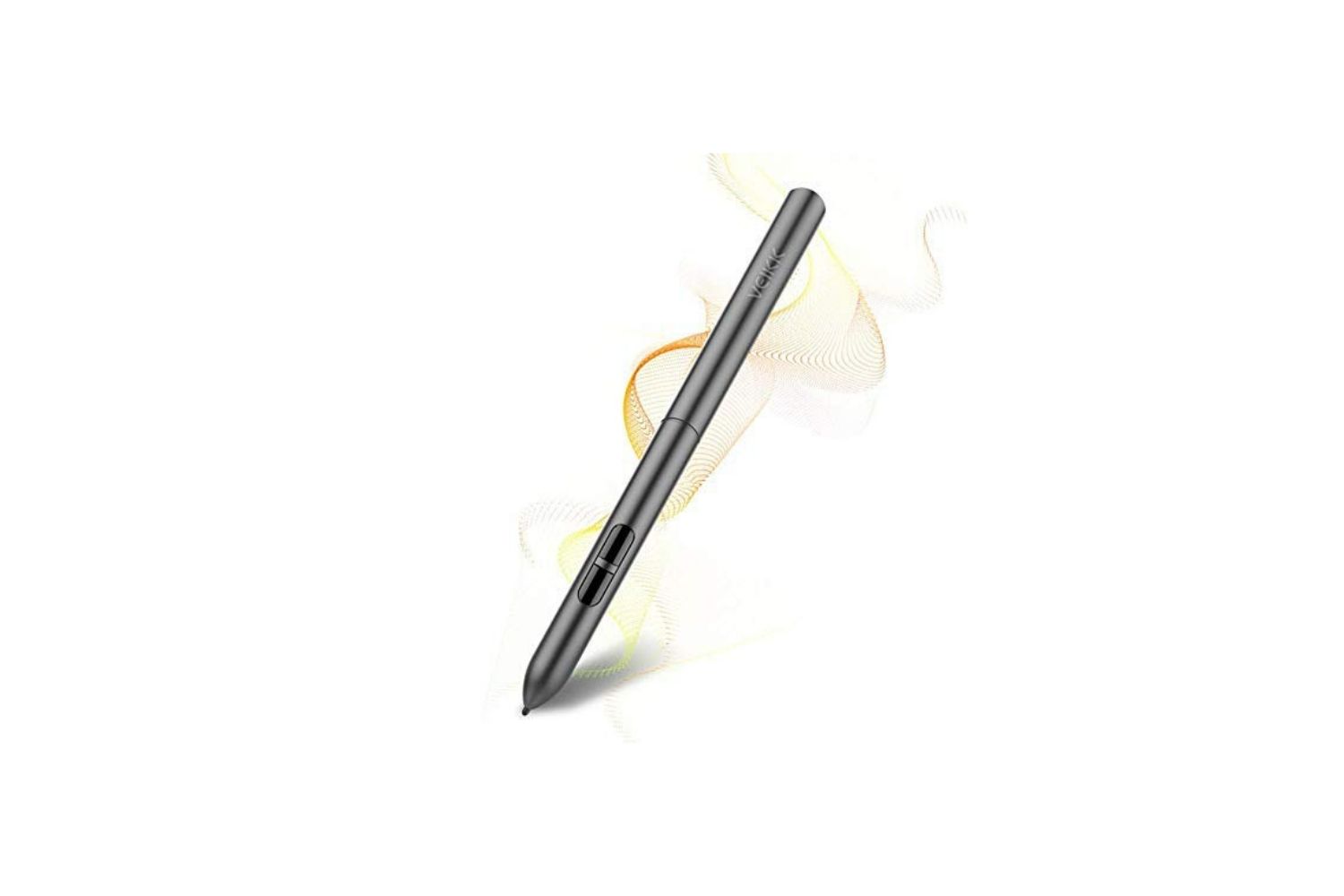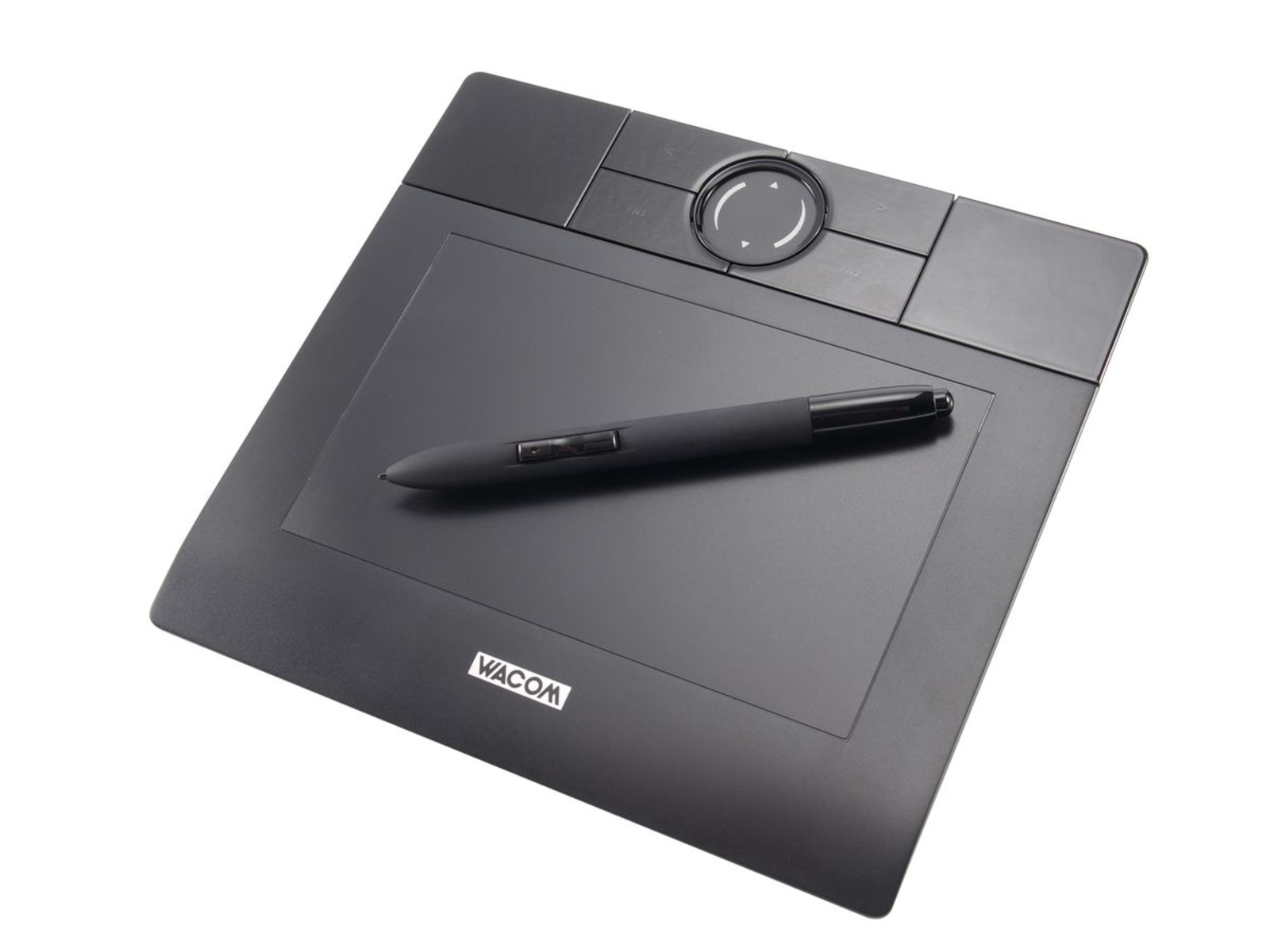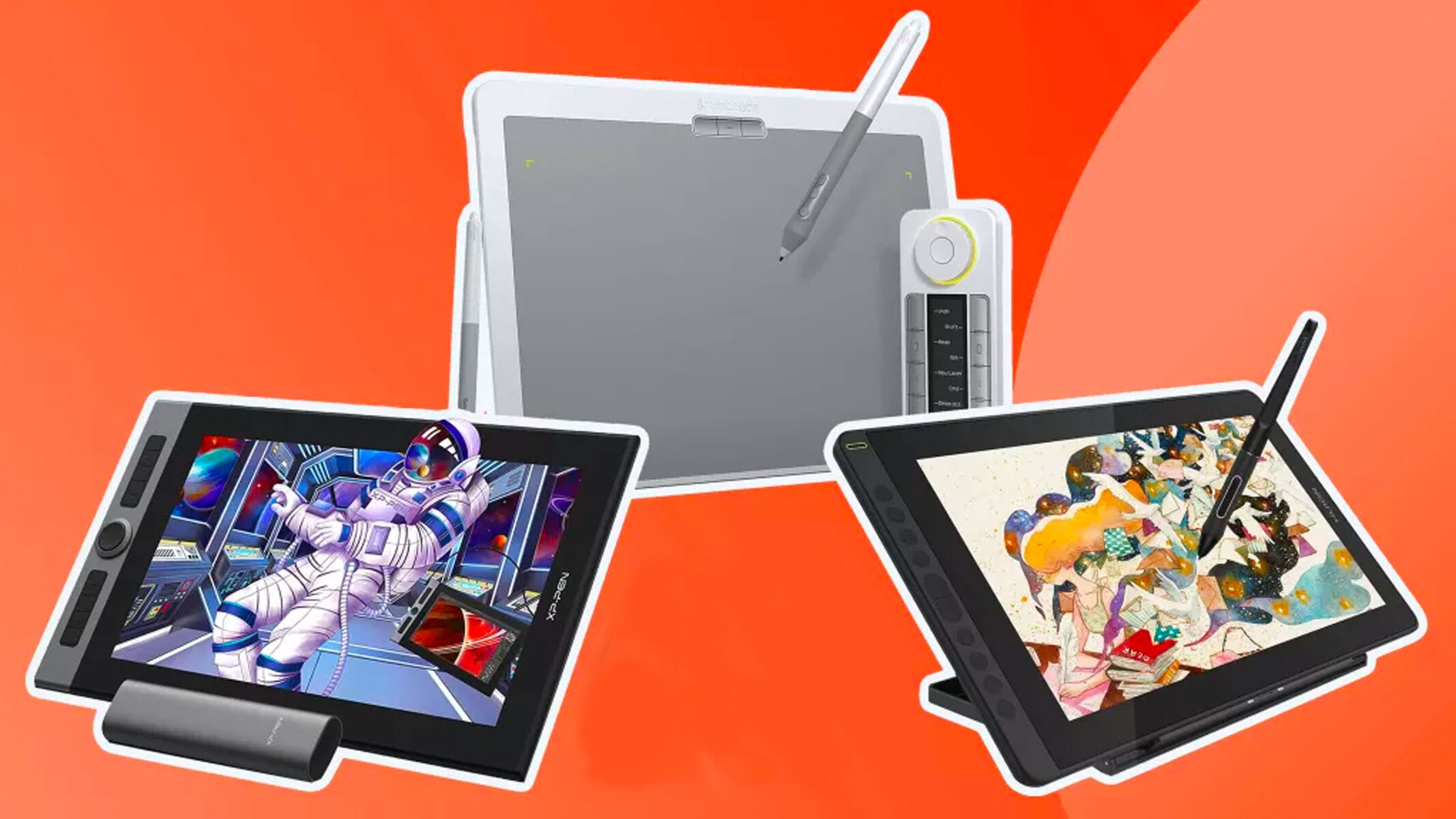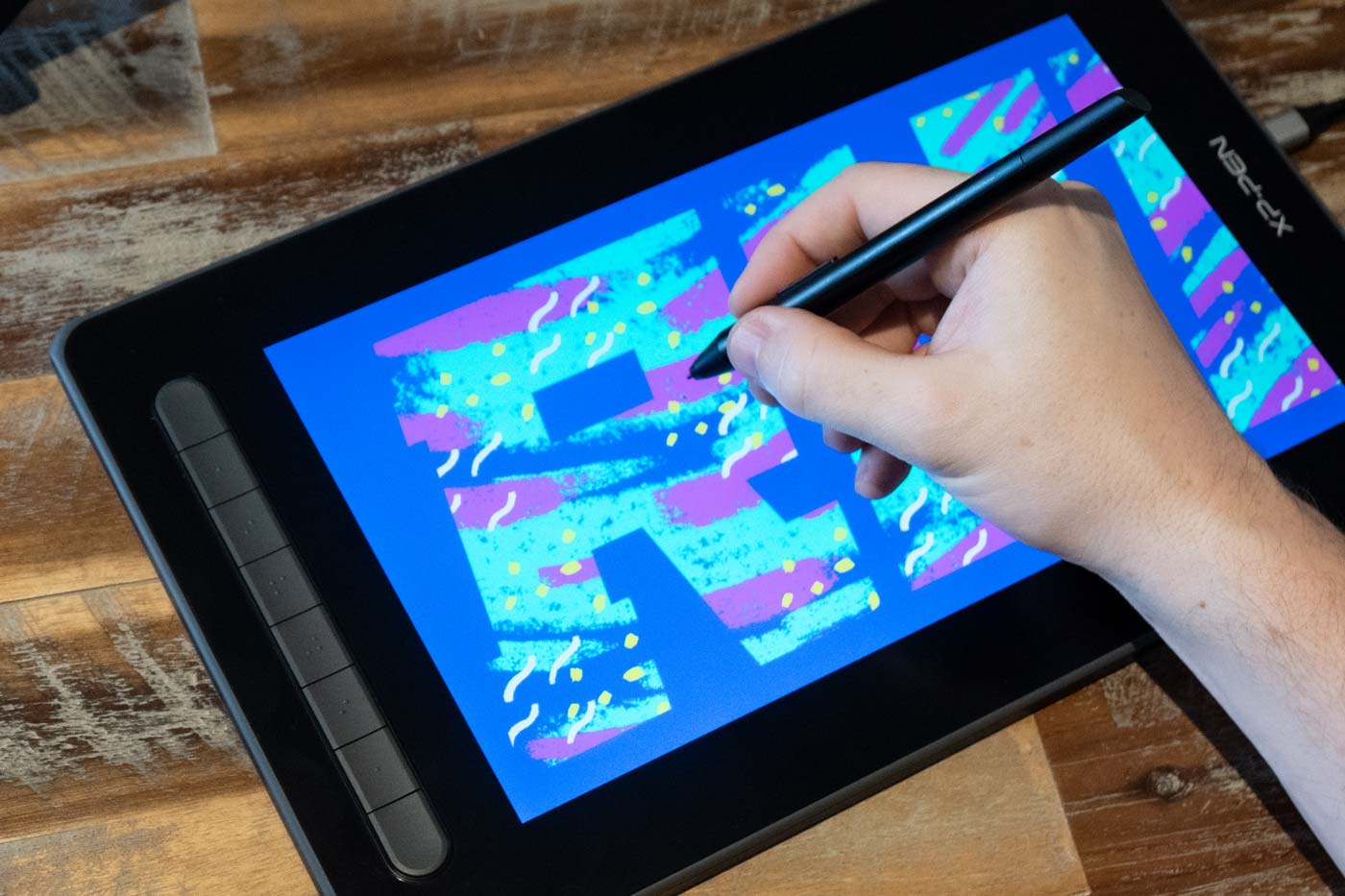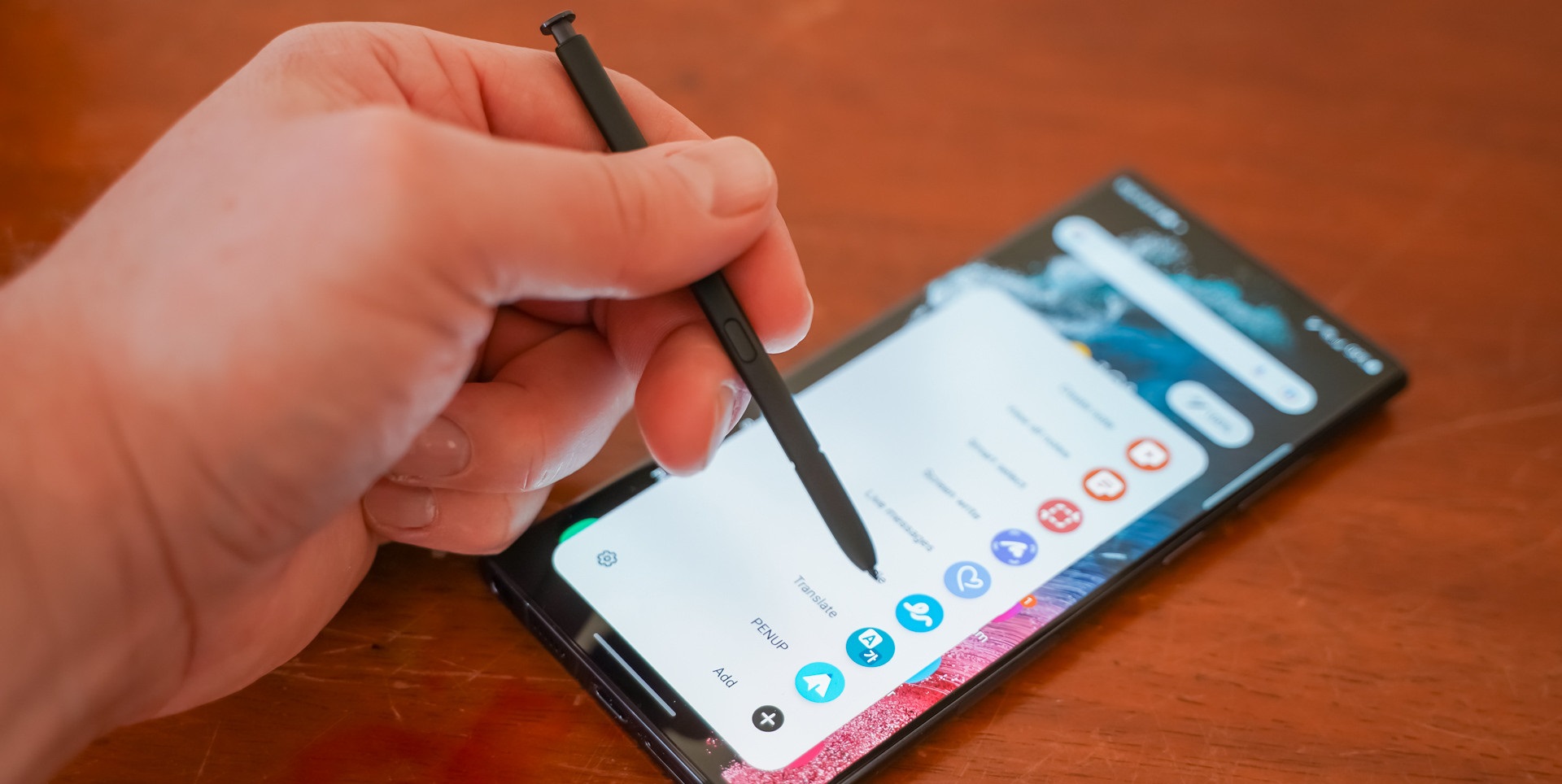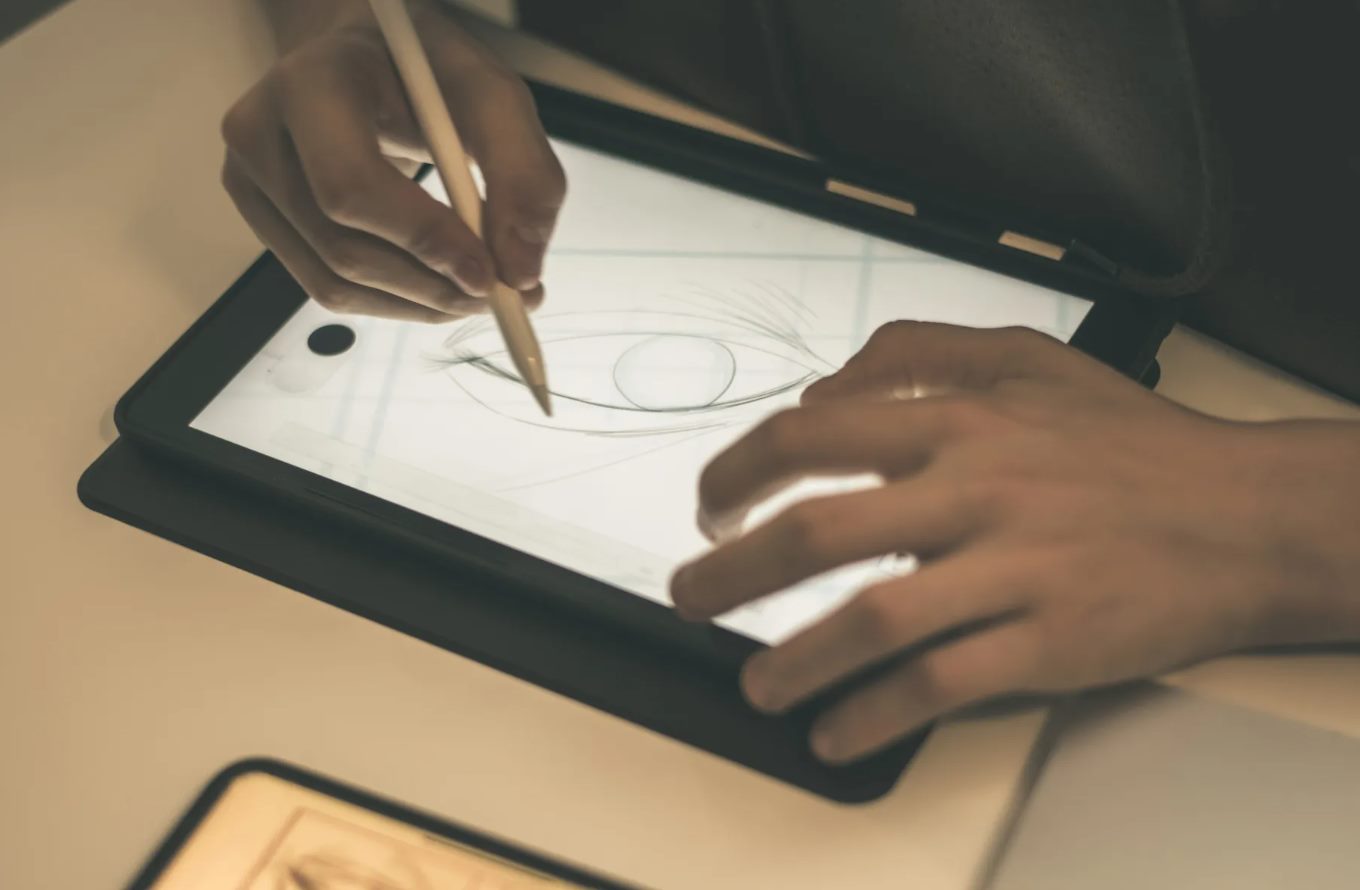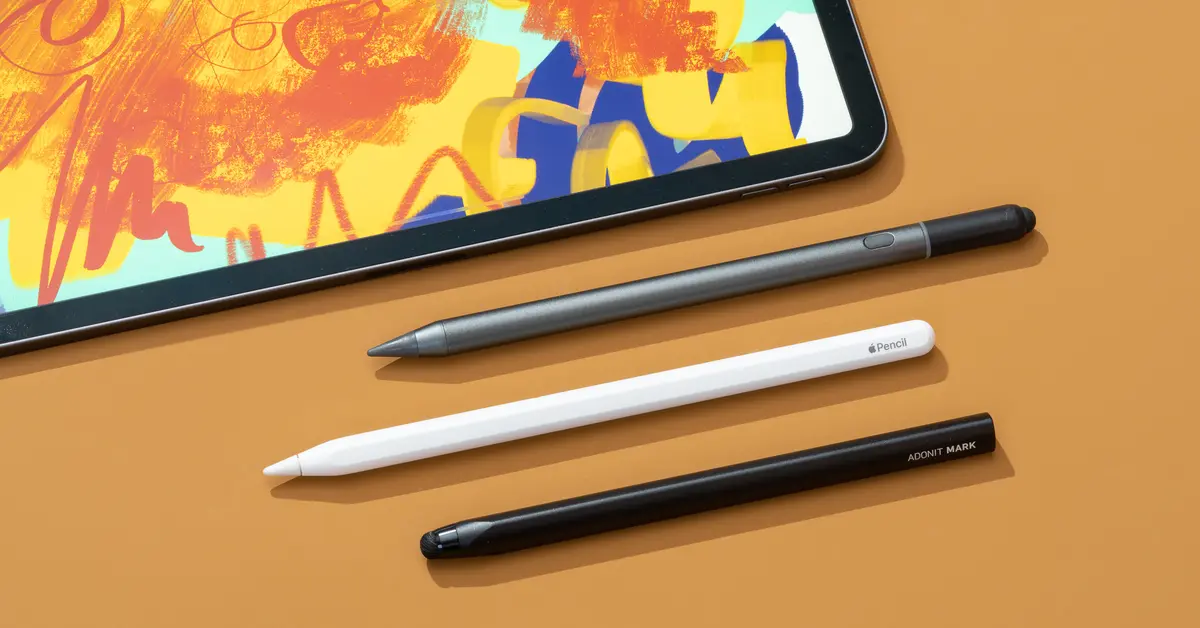Introduction
Welcome to the world of digital creativity! Tablets have revolutionized the way we create art, write, and take notes. Whether you’re an artist, a designer, or simply use a tablet for everyday tasks, the tablet pen nib plays a crucial role in your digital experience. The nib, the small pointy tip of the pen, is responsible for translating your movements into digital strokes on the tablet’s screen.
While tablets and their accessories have become increasingly advanced over the years, the nib remains a consumable component that requires periodic maintenance and replacement. Many tablet users are often unsure about how often they should change their tablet pen nib. In this article, we will explore the importance of the tablet pen nib, the factors that affect its wear and tear, and how to determine if it’s time for a replacement. So, let’s dive in and uncover the secrets of tablet pen nib care!
The tablet pen nib is not just a simple piece of plastic or rubber. It is the vital link between your creative intentions and their realization on the screen. A worn-out or damaged nib can lead to imprecise strokes, reduced sensitivity, and decreased overall performance. Therefore, it is essential to understand the signs that indicate the need for a replacement and develop a habit of regularly checking and maintaining the nib.
Several factors can impact the wear and tear of the tablet pen nib. The frequency and intensity of use, the pressure exerted while working, the material of the tablet’s surface, and the type of nib being used, all play a role in determining the lifespan of the nib. By understanding these factors, you can effectively care for your nib and ensure optimal performance.
Importance of Tablet Pen Nib
The tablet pen nib is a small yet crucial component of your digital drawing or writing experience. It directly interacts with the tablet’s surface, translating your hand movements into digital input. The quality and condition of the nib can greatly impact the accuracy, responsiveness, and overall performance of your tablet pen. Here are some reasons why the tablet pen nib is important:
- Precise and Accurate Input: The tablet pen nib allows you to create lines, shapes, and textures with precision. A well-maintained nib ensures accurate tracking of your hand movements, resulting in smooth and natural strokes on the screen.
- Enhanced Sensitivity: A high-quality tablet pen nib provides enhanced sensitivity, allowing you to vary the thickness and opacity of your strokes based on the pressure you apply. This sensitivity is essential for achieving realistic and expressive digital artwork.
- Comfortable and Ergonomic: The nib should provide a comfortable grip and glide smoothly on the tablet’s surface. A worn-out nib can cause discomfort and hinder your creative flow. By maintaining a good nib, you can ensure a comfortable and enjoyable drawing or writing experience.
- Protects the Tablet Surface: The nib acts as a protective layer between the pen and the tablet’s surface. It helps prevent scratches, smudges, and other damages that could occur if the pen directly interacts with the screen. Regularly changing the nib reduces the risk of scratching the tablet and extends its lifespan.
- Optimal Performance: By regularly replacing the nib, you can maintain the overall performance of your tablet pen. Over time, nibs may wear down or become damaged, resulting in decreased responsiveness and accuracy. Changing the nib when necessary ensures that your tablet pen performs at its best.
Understanding the importance of the tablet pen nib will help you prioritize its maintenance and replacement when necessary. Taking good care of the nib not only enhances your digital creativity but also ensures the longevity of your tablet and pen.
Factors Affecting Nib Wear
Several factors can contribute to the wear and tear of the tablet pen nib. By understanding these factors, you can take proactive measures to minimize nib damage and extend its lifespan. Here are the key factors that affect nib wear:
- Frequency and Intensity of Use: The more often and intensely you use your tablet pen, the faster the nib will wear out. If you use your tablet for long hours every day or engage in activities that require heavy pressure on the nib, such as shading or sketching, the wear will be more pronounced.
- Pressure Exerted: The amount of pressure you apply while using the tablet pen directly affects the nib’s durability. Excessive pressure can cause faster nib wear as it leads to increased friction between the nib and the tablet’s surface. Try to find a balance between applying enough pressure for desired strokes and avoiding excessive force that can damage the nib.
- Tablet Surface Material: The material of the tablet’s surface can impact nib wear. Some tablets have a rougher surface that can wear down the nib faster, while others have a smoother surface that provides better nib longevity. It’s worth considering the compatibility between the nib and tablet surface when purchasing replacement nibs.
- Type of Nib: The type of nib you use can also affect its wear. Different nib materials, such as plastic, rubber, or felt, have different durability and longevity. Some nibs are specifically designed for certain drawing techniques or tablet models. Choosing the right type of nib for your needs can help optimize its lifespan.
- Cleanliness of Tablet and Nib: Dust, dirt, and debris accumulated on the tablet’s surface can cause abrasive friction on the nib and accelerate its wear. Regularly cleaning both the tablet screen and the nib can prevent unnecessary damage and ensure smoother pen movement.
By being aware of these factors, you can take necessary precautions to minimize nib wear. Adjusting your drawing or writing technique, maintaining a clean working environment, and choosing the appropriate nib for your tablet can all contribute to extending the lifespan of your tablet pen nib.
Signs that Indicate Nib Replacement
Knowing when to replace your tablet pen nib is crucial for maintaining optimal performance and preventing any potential issues. Here are some signs that indicate it may be time to replace your nib:
- Worn-out or Flattened Nib: Over time, the nib may flatten or lose its original shape due to repeated contact with the tablet’s surface. If you notice that the nib has become flat, worn, or frayed, it is a clear indication that it needs to be replaced.
- Reduced Sensitivity or Inaccuracy: If you experience a decrease in sensitivity or accuracy while using the tablet pen, it could be a sign that the nib has worn down. You may notice a lack of responsiveness or inconsistency in your strokes. In such cases, replacing the nib can restore the pen’s sensitivity and improve accuracy.
- Inconsistent Stroke Width or Pressure Sensitivity: If your tablet pen starts producing lines of varying thickness even when applying consistent pressure, it could be a sign of nib wear. A worn or damaged nib may not transmit pressure properly, resulting in inconsistent stroke widths or pressure sensitivity. Changing the nib can help resolve this issue.
- Scratching or Dragging Sensation: If you feel a scratching or dragging sensation while using your tablet pen, it may be an indication that the nib has become rough or damaged. This can lead to an unpleasant experience and potential damage to the tablet’s surface. Replacing the nib will restore smooth and comfortable pen movement.
- Visible Damage or Cracks: Inspect the nib regularly for any visible damage, such as cracks or breaks. A damaged nib cannot provide the desired stroke precision and may even cause scratches on the tablet screen. If you notice any visible damage, it is time to replace the nib.
It is important to keep in mind that the frequency of nib replacement will vary depending on your usage habits and the factors mentioned earlier. Regularly checking and assessing the condition of your nib will help you determine whether it needs to be replaced. Ensuring a well-maintained nib will result in a smoother and more enjoyable drawing or writing experience on your tablet.
Frequency of Nib Replacement
The frequency of nib replacement depends on several factors, including your usage habits, drawing style, and the type of nib you use. While there is no universal timeline for replacing nibs, here are some general guidelines to consider:
- Usage Frequency: If you use your tablet pen extensively for professional work or spend a significant amount of time drawing or writing, you may need to replace the nib more frequently. Heavy usage can accelerate nib wear, and it is recommended to check the nib’s condition regularly.
- Drawing Pressure: If your drawing style involves applying heavy pressure on the tablet’s surface, the nib may wear down faster. Artists who work with techniques like shading or cross-hatching may need to replace the nib more frequently compared to those who use lighter strokes.
- Nib Material: Different nib materials have varying durability levels. Rubber or felt nibs generally wear down faster than harder plastic nibs. Consider the material of your nib and its expected lifespan when determining the frequency of replacement.
- Visual Inspection: Regularly inspecting the nib’s condition is crucial in determining whether it needs replacement. Look for signs of wear, flattening, fraying, or damage. If you notice these signs, it is a good indication that it’s time for a new nib.
As a general recommendation, it is advisable to replace your tablet pen nib every three to six months if you are a frequent and heavy user. However, this timeframe can vary depending on your specific circumstances and usage patterns.
It is essential to note that some tablet pen models have indicators built into the tablet software that signal when the nib is due for replacement. These indicators monitor factors such as usage time and pressure sensitivity changes. Pay attention to such notifications as they can help you determine the appropriate timing for nib replacement.
In the end, the frequency of nib replacement comes down to your personal preferences and requirements. Regularly assessing the condition of your nib and replacing it as needed will ensure optimal performance and a seamless drawing or writing experience on your tablet.
Tips to Extend Nib Lifespan
While tablet pen nibs are consumable components that will eventually wear out, there are several tips you can follow to extend their lifespan and ensure better longevity. By implementing these practices, you can maximize the performance and value of your tablet pen. Here are some tips to help you extend the lifespan of your nib:
- Adjust Your Drawing Technique: Experiment with different levels of pressure and find a balance that allows you to achieve the desired strokes without exerting excessive force. Avoid applying unnecessary pressure, as it can wear down the nib more quickly.
- Use a Screen Protector: Applying a screen protector on your tablet’s surface can help protect the nib from excess friction and abrasion. It acts as a buffer between the nib and the screen, reducing the direct wear and tear on the nib.
- Clean the Tablet Surface Regularly: Dust, dirt, and debris can accumulate on the tablet’s surface, leading to increased abrasion on the nib. Clean the screen using a soft, lint-free cloth on a regular basis to remove any particles that can cause damage to the nib.
- Store Your Tablet Pen Properly: When not in use, store your tablet pen in a safe and secure place. Avoid placing it in areas where it can be subjected to excessive pressure or potential damage. Storing it properly helps prevent accidental nib damage and extends its lifespan.
- Know Your Nib Material: Different nib materials have different levels of durability. Understand the type of nib you are using and its expected lifespan. This knowledge can help you determine when it’s time to replace the nib or adjust your drawing technique accordingly.
- Consider Nib Maintenance Kits: Some tablet pen manufacturers offer nib maintenance kits that include tools to clean, reshape, or repair nibs. These kits can help you prolong the lifespan of your nib by allowing you to remove any debris, reshape worn nibs, or fix minor damage.
- Keep Spare Nibs on Hand: It’s advisable to keep a few spare nibs available so that you can replace them as soon as required. Having spare nibs ensures that you can continue your creative work without interruption, especially when a worn nib needs immediate replacement.
By following these tips, you can effectively extend the lifespan of your tablet pen nib and maintain a consistent drawing or writing experience. Remember that even with proper care, nibs will eventually wear out and need replacement. Regularly inspecting the condition of your nib and replacing it when necessary will ensure optimal performance and longevity for your tablet pen.
Conclusion
The tablet pen nib is a vital component of your digital creativity journey. Its role in delivering precise, accurate, and responsive strokes cannot be overstated. By understanding the importance of the tablet pen nib, the factors that affect its wear, and the signs that indicate the need for replacement, you can ensure optimal performance and maximize the lifespan of your nib.
Regularly inspecting the condition of your nib and replacing it as needed is essential to maintain the quality of your artwork or writing. Adjusting your drawing technique, using a screen protector, cleaning the tablet surface regularly, and storing your tablet pen properly are some effective methods to extend the lifespan of your nib.
Remember that the frequency of nib replacement will depend on your usage habits, drawing style, and the type of nib you use. While general recommendations exist, it’s crucial to assess the condition of your nib and replace it when necessary to ensure consistent and satisfactory results.
As you embark on your digital creativity journey, prioritize the care and maintenance of your tablet pen nib. By doing so, you can unlock the full potential of your tablet and pen, creating beautiful artwork, and enjoying a seamless writing experience for years to come.







